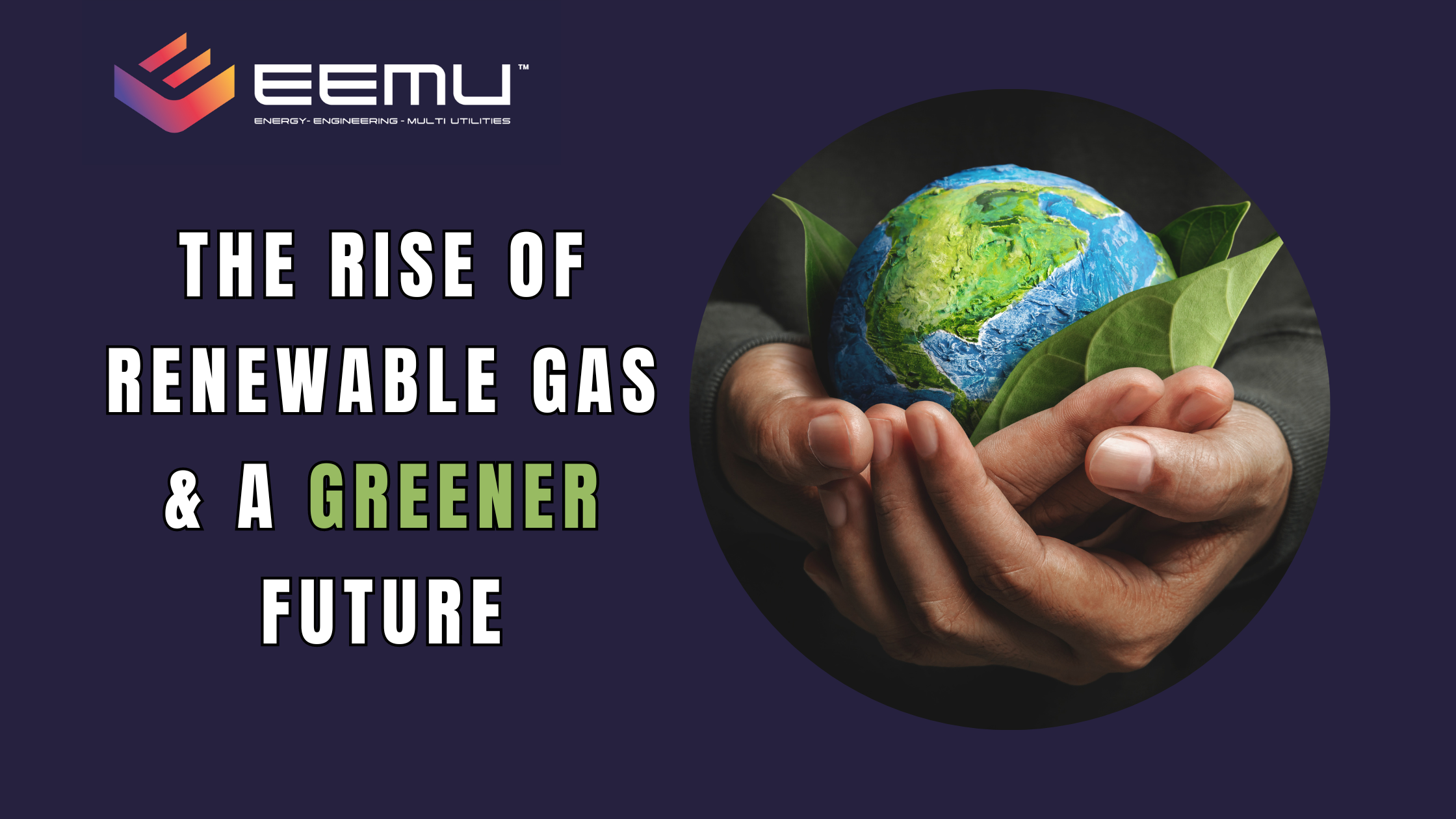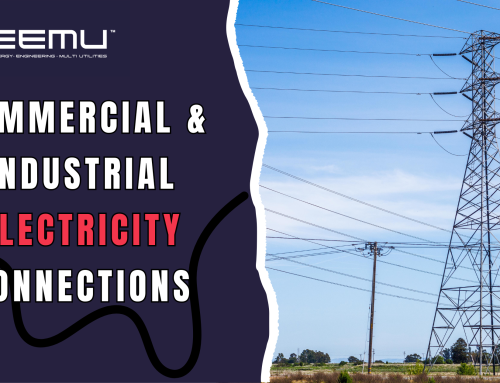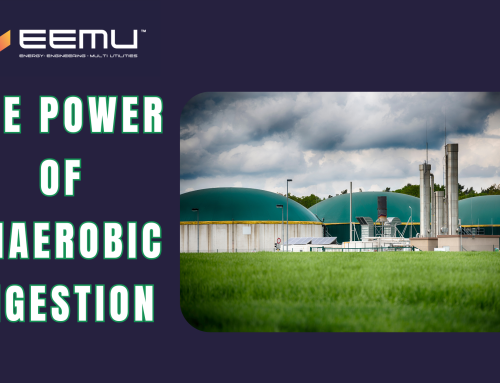In the not so distant future, technological advancements are set to revolutionise the way we produce and utilise energy. One exciting avenue gaining attraction is the exploration of renewable gases, paving the way for a more sustainable and eco-friendly energy landscape.
What is Renewable Gas?
Renewable gas, also known as green gas, refers to gases produced using renewable energy sources. Unlike conventional natural gas, which is primarily derived from fossil fuels, renewable gases can be generated through various sustainable processes. The two primary contenders in this green revolution are biomethane and hydrogen.
Biomethane: Nature’s Contribution to Energy
Biomethane, often termed nature’s contribution to energy, is produced through the anaerobic digestion of organic materials. This process involves breaking down biodegradable matter, such as agricultural waste, sewage, or food scraps, in the absence of oxygen. The result is a clean, methane-rich gas that can be used for heating, electricity generation, or as a vehicle fuel.
One of the significant advantages of biomethane is its carbon-neutral nature. While burning conventional natural gas releases carbon dioxide into the atmosphere, biomethane only releases the carbon dioxide that was initially absorbed by the organic material during its growth. This closed-loop cycle makes biomethane a potentially carbon-negative energy source.
Hydrogen: The Universal Green Fuel
Hydrogen often hailed as the universal green fuel, is another key player in the renewable gas arena. Unlike biomethane, hydrogen is not naturally occurring in substantial amounts on Earth. It must be produced through various methods, with the most promising being electrolysis.
During electrolysis, an electric current splits water into hydrogen and oxygen. If this process is powered by renewable energy sources, such as solar or wind, the resulting hydrogen becomes a clean and sustainable fuel. Hydrogen combines with oxygen to produce energy, with water being the only byproduct, a truly green solution.
Hydrogen has immense potential across various sectors. It can be used as a fuel for transportation, a source of heat for industrial processes, and even as an energy carrier for storing excess renewable energy. The versatility of hydrogen positions it as a game-changer in the quest for a carbon-neutral future.
The Environmental Impact of Renewable Gas
One of the primary motivations behind the push for renewable gas is its positive environmental impact. Traditional natural gas extraction and consumption contribute significantly to greenhouse gas emissions, exacerbating climate change. In contrast, renewable gases offer a pathway to reduce our carbon footprint.
Biomethane, with its closed-loop carbon cycle, can potentially offset carbon emissions associated with traditional natural gas. Similarly, hydrogen, when produced using renewable energy, is a zero-emission fuel. By incorporating these renewable gases into our energy mix, we can work towards achieving carbon neutrality and mitigating the impacts of climate change.
Challenges and Opportunities
While the future of renewable gas looks promising, it is essential to acknowledge the challenges that come with widespread adoption. Scaling up production, developing efficient storage solutions, and addressing cost barriers are crucial hurdles that the industry must overcome.
However, these challenges also present opportunities for innovation and investment. Governments, businesses, and research institutions are actively exploring ways to make renewable gas economically viable and technologically feasible. As advancements continue, the cost of production is likely to decrease, making renewable gas more accessible on a larger scale.
The Role of Technology in Driving Sustainability
Technological advancements play a pivotal role in driving the sustainability of renewable gases. Improved anaerobic digestion processes for biomethane production, enhanced electrolysis techniques for hydrogen generation, and breakthroughs in storage technologies are all contributing to the viability of these green alternatives.
As technology continues to evolve, we can expect more efficient and cost-effective methods for producing and utilising renewable gases. This, in turn, will accelerate the transition towards a more sustainable and environmentally friendly energy landscape.
Conclusion: A Greener Tomorrow
In conclusion, the future of renewable gas holds immense promise for a greener and more sustainable tomorrow. Biomethane and hydrogen, produced using renewable energy sources, offer viable alternatives to traditional natural gas, with the potential to mitigate climate change and reduce our reliance on fossil fuels.
Embracing the transformative potential of biomethane and hydrogen gas, EEMU is thrilled to announce its enthusiastic foray into this innovative sector. EEMU recognises biomethane and hydrogen’s pivotal role in the global transition to cleaner energy alternatives, and we are energised by the prospect of contributing to a sustainable future.
Is it time for you to have a chat with our team? Contact us today, or get a quote!
Follow us on:




